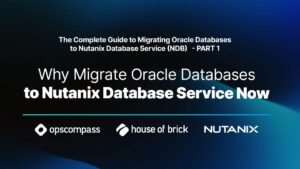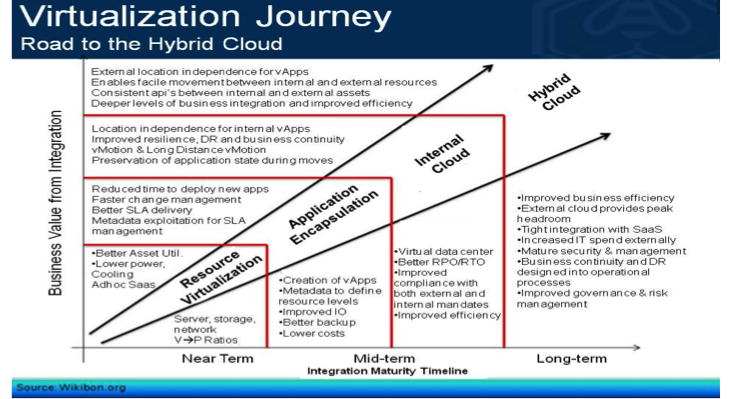Nathan Biggs (@nathanbiggs), CEO
Industry Trends with Virtualization and Cloud Computing
I have the opportunity to speak several times a year on the topic of Industry Trends with Virtualization and Cloud Computing for Business Critical Systems. What I tell people is a reflection of our experience and is based on the Technology Adoption Lifecycle curve (with the notion of the chasm introduced by Geoffrey Moore in Crossing the Chasm):
- The virtualization of SQL Server-based applications is standard practice, and
well into the majority phases of adoption. - The virtualization of Oracle-based applications has largely been in the Chasm
for years. We are starting to see some majority phase adoption but it is still quite early. (As a side note, and in expression of a personal opinion of mine, I think that it is possible that full-scale majority adoption of Oracle in a VMware virtualized environment is at some risk of being bypassed entirely by a more robust and mature Cloud Computing model. If so, shame on VMware for letting that happen, and opening themselves up to much more competition than they currently face in the hypervisor space.) - Many customers are now experimenting with DR as a Service (DRaaS) in a hybrid cloud model. This is where they keep their business critical systems on-premise but use a public cloud, or perhaps more likely, an extended or co-located private cloud to facilitate their DR needs. I would put this in an early adopter phase, with the chasm yet to be defined.
- For business critical systems (especially Oracle-based, but I cannot speak with the same degree of confidence in SQL Server based systems), we do not see any significant movement into the public cloud (Amazon, etc.). I would put the movement of business critical systems into the public cloud at the innovator stage.
The folks at Wikibon seem to agree with this assessment, although they convey it a different way. Here is how they see the virtualization and cloud computing model unfolding…
IDentifying and Addressing the Holes for Business Critical Systems
In conversation after conversation that I have been in with customers lately, I hear the same thing… We have virtualized all of our systems, and we have purchased converged infrastructure, but there seems to be a hole left unfilled in the promise of Cloud Computing. When you go to the self-service portal at Amazon, or a VMware vCloud Air provider what you get is the ability to request a server and storage, and even a selected operating system. In some cases, you can even request an instance running a database. The problem is that these are not built to the customer specification and environment. They are copies of templates that have been pre-configured for general-purpose deployments. (I will admit from recent conversations with our SQL Server team that the template model may be more appropriate for Microsoft environments, and less appropriate for Oracle and Linux environments.)
In order to fulfill the promise of Cloud Computing we need tooling that is flexible enough to be fully immersed into the customer’s own environment. It needs to allow for people in different silos (DBA, System Admin, VM Admin, etc.) and even in different business units to be able to request and provision new virtual machines with a database, and perhaps even an application installed and provisioned in an automated way. These application environments may be complex and be comprised of several virtual machines (VMs for each tier, multiple VMs in a cluster, etc.). The tooling also needs to allow the customer to specify the precise parameters and specifications for how that complex application environment should be configured and deployed.
HOUSE OF BRICK IS THE INDUSTRY LEADER
Some people might perceive the claim that we are The Industry Leader as being arrogant or presumptuous. Others might view it as “marketing fluff” that has no meaning and can be ignored. To me however, this is an honest, confident, yet humble affirmation of our history, experience, and our ability to deliver the best solutions for our customers.
We must, and we will build on this leadership position. Building on that position, and driving growth is not motivated by greed, hubris, or desire for domination. I speak for all of the employees of House of Brick when I say that we want to do the most good that we can for as many organizations as we can. We feel like we have something of value to share, and we are energized and motivated when we are put in a position to help our customers discover and realize that value for themselves.
That is what being a leader is all about—making a difference for the companies and their individual employees that we are privileged to serve. This is the true reward of our work at House of Brick.







